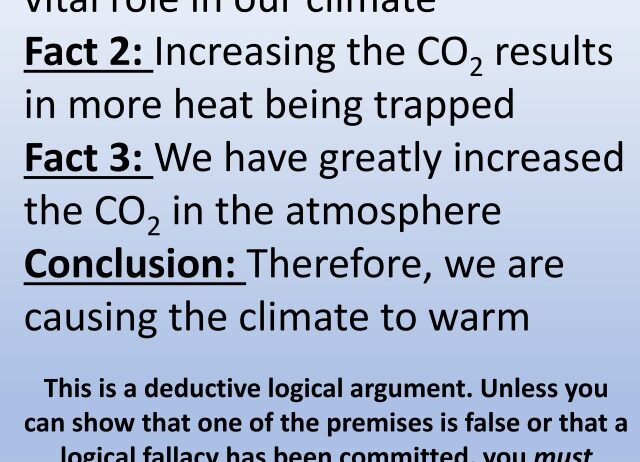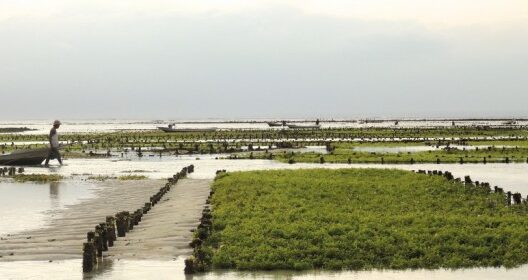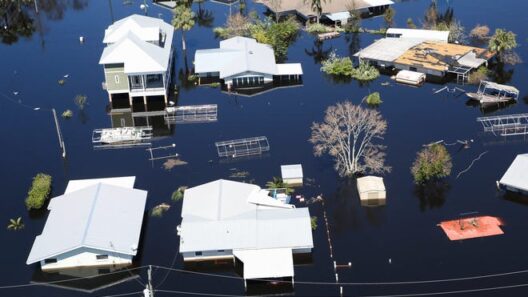In a world increasingly alarmed by the manifest consequences of climate change, an intriguing dichotomy exists wherein individuals profess disbelief in global warming yet ardently subscribe to the historical account of Noah’s Ark. This juxtaposition invites an exploration of cognitive dissonance, religious conviction, and the fluctuating paradigms of environmental consciousness. Understanding this phenomenon illuminates broader societal attitudes toward science, faith, and the impending ecological crises.
At the very foundation of this topic lies the enduring narrative of Noah’s Ark, a central tale from the Abrahamic religions. The story describes a cataclysmic flood that engulfs the Earth, with Noah receiving divine instructions to save pairs of each animal species by building an enormous vessel. This allegorical progression serves as a cautionary narrative about morality, faith, and divine intervention in humanity’s fate. Believers often see the ark as a literal historical event, engaging with its themes of preservation and redemption.
Conversely, global warming—the gradual increase in the Earth’s average temperature due to human activities—has instigated vehement debates. The scientific community presents a consensus supported by a multitude of data from various fields, including meteorology, oceanography, and climate science. Yet, skepticism persists among certain groups, often influenced more by ideological affiliations than empirical evidence. Those who refute the consensus on global warming frequently attribute their beliefs to a combination of mistrust in scientific authorities, prioritization of economic interests, and, in some cases, a strong reliance on religious interpretations of the world.
This intersection of disbelief in climate science while espousing faith in biblical narratives reveals an intriguing cognitive dissonance. Individuals are not merely rejecting science; they are engaging in a selective validation of information. Cognitive dissonance occurs when one’s beliefs or behaviors conflict with opposing evidence, resulting in mental discomfort. To resolve this dissonance, individuals may gravitate toward ideologies that resonate with their existing beliefs, thereby consolidating their worldview while disregarding contradicting data.
Embedded within this dynamic is the role of education and media representation. Both play crucial roles in shaping public perception of scientific phenomena. For many, an educational system that emphasizes critical thinking and scientific literacy can counterbalance misinformation. Conversely, sensationalism in media can propagate myths about climate change, fostering an environment where disbelief flourishes. The representation of climate issues often swings between apocalyptic predictions and inconsequential trivializations, failing to provide a cohesive understanding of underlying scientific principles.
Religious teachings also resonate with a significant segment of the population, informing their perspectives on science and the environment. Many interpret religious texts as directly opposing scientific notions, leading to a compartmentalized belief system. For instance, if one holds the view that a divine being controls the fate of humanity, the implications of anthropogenic climate change may be seen as inconsequential or predetermined—a belief that the earth’s course is divinely orchestrated. This conviction often perpetuates an attitude of indifference toward climate action.
Moreover, the narrative of Noah’s Ark embodies themes of stewardship, responsibility, and the intrinsic value of all living beings. Ironically, those who embrace this tale may simultaneously overlook modern environmental stewardship, an essential tenet in climate activism. If one believes in the divine preservation of creation, it raises the question: should there not also be a responsibility to actively care for the environment entrusted to humanity? The very essence of the ark’s narrative could be posited as a metaphor for contemporary conservation efforts.
In discussions of ecological faithfulness, it is crucial to engage in dialogue that fosters understanding rather than division. Presenting scientific evidence of climate change alongside discussions of faith traditions can serve as a bridge, harmonizing seemingly disparate perspectives. For instance, emphasizing the ethical implications of climate change can evoke moral responsibilities akin to those depicted in religious narratives, thus making the case for environmental stewardship more relatable and urgent.
Furthermore, addressing misconceptions surrounding climate science is paramount. Misunderstandings can proliferate due to complex terminologies and challenging concepts underlying environmental issues. Educational initiatives that simplify these concepts, elucidating the relationship between human behavior and its impact on climate, can enhance public understanding and forge connections between science and spirituality.
Active community efforts that juxtapose faith with ecological action can also be effective. Religious institutions that advocate for sustainable practices align well with the narrative of stewardship present in many religious texts. By promoting initiatives such as community gardens, tree planting, and reducing carbon footprints, religious groups can foster a culture of environmental responsibility that resonates with their congregations.
Ultimately, addressing the juxtaposition of disbelief in global warming while harboring faith in Noah’s Ark necessitates a multifaceted approach. Incorporating education, fostering dialogue, and engaging faith communities provides pathways toward reconciling disparate beliefs. If believers in the ark narrative can see the parallel need for preservation in the context of climate change, there is potential for transformative action that respects the richness of both science and faith.
In conclusion, the conversation around climate change is not merely an environmental issue; it is intrinsically linked to the deep, philosophical questions about humanity’s purpose and responsibilities. By engaging with these ideas, one can hope to cultivate a shared commitment to the planet—bridging the gap between disbelief and understanding, faith and stewardship, past narratives and future possibilities.







